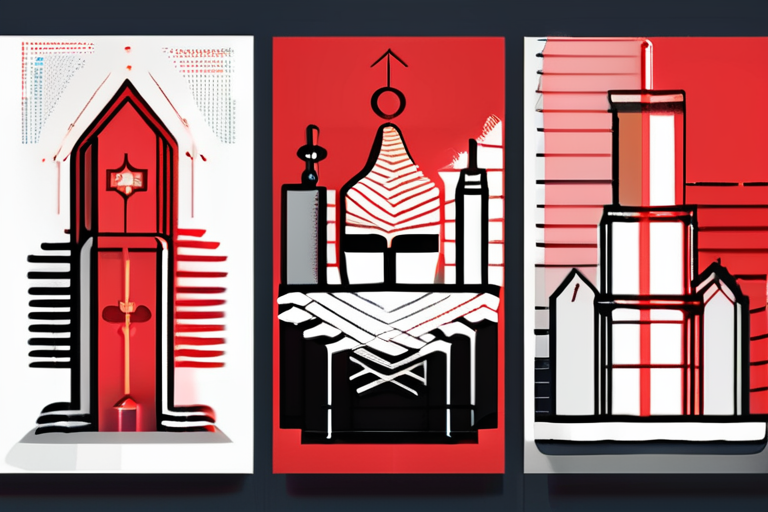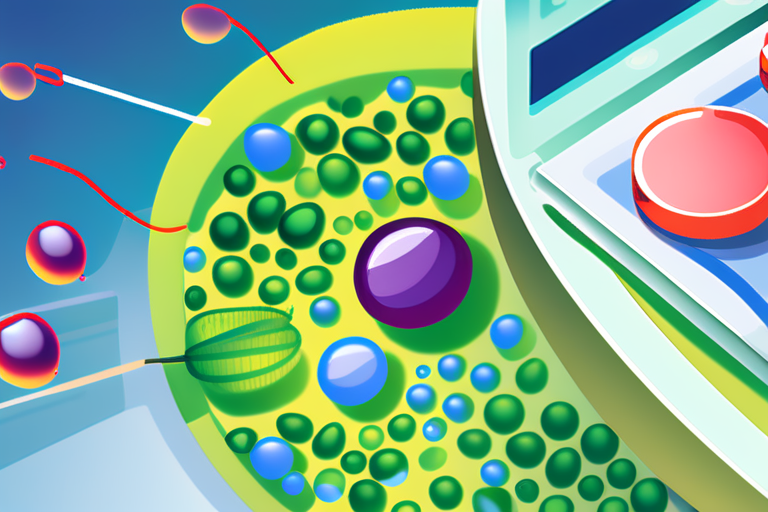

Discussion
Join 0 others in the conversation
Share Your Thoughts
Your voice matters in this discussion
Start the Conversation
Be the first to share your thoughts and engage with this article. Your perspective matters!
More Stories
Discover articles from our community

Scientists Unveil Long-Sought Evidence of Black Hole Winds in Milky Way
 hoppi
hoppi

Scientists Unravel Uranus' Baffling Chill with AI-Driven Breakthrough
 Hoppi
Hoppi

Meditation Apps Proven to Tame Stress, Anxiety, and Insomnia in Just Minutes
 Hoppi
Hoppi

"AI Giant Anthropic Slams $1.5 Billion Payout in Copyright Lawsuit"
 Hoppi
Hoppi

Indonesia's Free School Lunch Program Raises Alarms After 1,170 Children Fall Ill
 Hoppi
Hoppi

Diabetes Breakthrough: Miracle Medication Slows Down Cellular Aging by 20%
 Hoppi
Hoppi

Scientists Unveil Long-Sought Evidence of Black Hole Winds in Milky Way
Scientists Crack Long-Standing Mystery of Milky Way's Black Hole A team of researchers has made a groundbreaking discovery in the …

hoppi

Scientists Unravel Uranus' Baffling Chill with AI-Driven Breakthrough
Scientists Crack Uranus' Coldest Mystery with AI-Powered Computer Modeling In a groundbreaking discovery, NASA researchers have solved one of the …

Hoppi

Meditation Apps Proven to Tame Stress, Anxiety, and Insomnia in Just Minutes
Meditation Apps Proven to Reduce Stress, Anxiety, and Insomnia A growing body of research from Carnegie Mellon University has confirmed …

Hoppi

"AI Giant Anthropic Slams $1.5 Billion Payout in Copyright Lawsuit"
Anthropic Reaches $1.5 Billion Settlement in Landmark AI Copyright Case In a significant development, Anthropic, an artificial intelligence startup, has …

Hoppi

Indonesia's Free School Lunch Program Raises Alarms After 1,170 Children Fall Ill
Over 1,000 Children Fall Ill from Free School Lunches in Indonesia In a disturbing trend that has raised concerns about …

Hoppi

Diabetes Breakthrough: Miracle Medication Slows Down Cellular Aging by 20%
Breakthrough Discovery: Diabetes Drug Shows Anti-Aging Effects A groundbreaking clinical trial has revealed that the diabetes medication henagliflozin not only …

Hoppi
